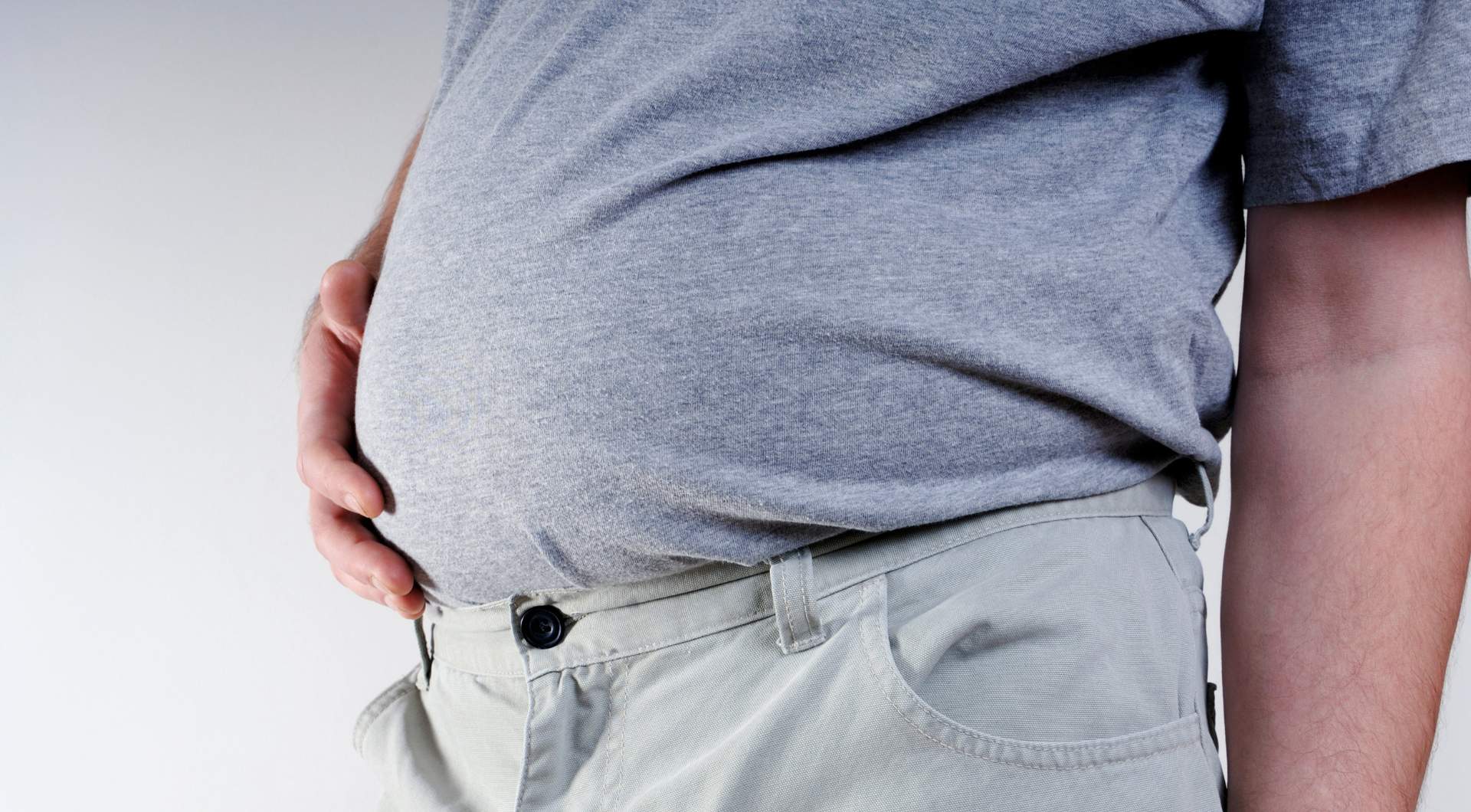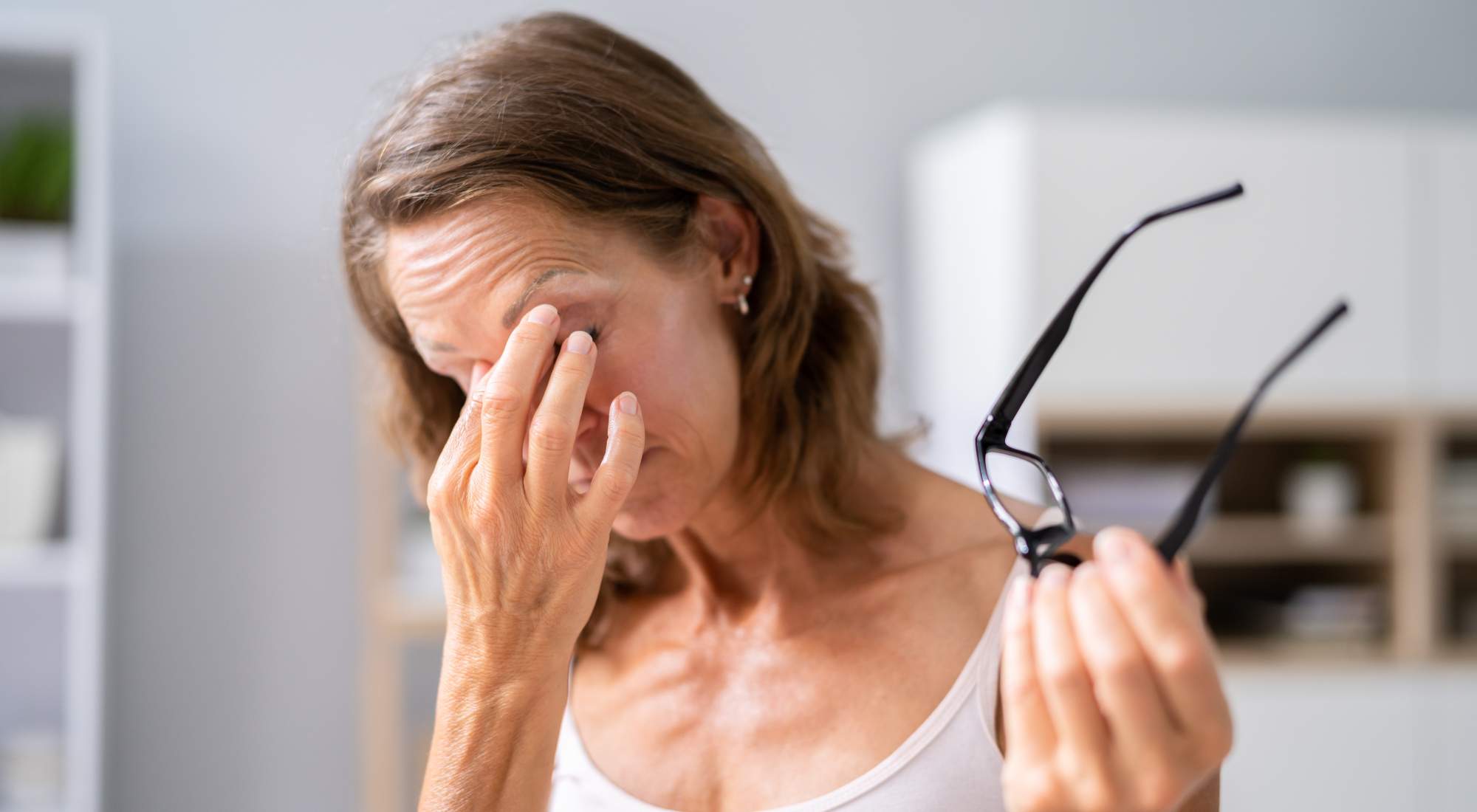When to Use Medication-Assisted Treatment
November 27, 2025
Learn when to use medication-assisted treatment, how it works, and who it helps most in recovery from opioid and alcohol addiction.
Introduction
There’s a moment in every recovery journey when the big question pops up: “Is Medication-Assisted Treatment the right choice for me?”
If you’ve ever found yourself wondering that, you’re not alone. MAT—short for Medication-Assisted Treatment—can sound intimidating at first. Some imagine sterile clinics, endless prescriptions, or losing control of their recovery. But the truth is much simpler, much more human, and way more hopeful.
Think of MAT as a steadier pair of shoes on a rocky trail. You’re still doing the walking, but now you’ve got support that makes each step safer, clearer, and more stable. MAT doesn’t replace therapy, support groups, or lifestyle changes—it partners with them.
And if you’re exploring recovery options for yourself or someone you love, understanding exactly when to use MAT can make the path forward feel a whole lot less overwhelming.
This guide breaks things down in clean, everyday language—no complicated medical jargon, no lectures—just real information you can trust, written for people looking for clarity, options, and a way forward.
Understanding Medication-Assisted Treatment
Medication-Assisted Treatment blends FDA-approved medications with counseling and behavioral therapies. The concept is simple: give the brain enough stability to allow real healing to take hold.
Most commonly, MAT is used for:
- Opioid Use Disorder (OUD)
- Alcohol Use Disorder (AUD)
But MAT is never a one-size-fits-all solution. It’s personalized—carefully, intentionally, and with the kind of precision that comes from years of clinical evidence.
At places like Clear Steps Recovery, MAT is treated like a tool—not a crutch, not a shortcut, but a tool that helps people rebuild their lives with dignity and safety.
When to Use Medication-Assisted Treatment (MAT)
MAT is most effective when substance use has created a level of dependence that feels nearly impossible to overcome with willpower alone. If cravings feel “bigger than you,” that’s not a character flaw—it’s your brain chemistry calling for support.
Below are the signs and situations most people overlook when considering MAT.
1. When Withdrawal Feels Unmanageable
You know those stories about “just powering through” withdrawal? They’re mostly myths.
For opioids and alcohol, withdrawal can be more than uncomfortable—it can be dangerous. MAT helps calm the body’s overreaction by easing symptoms, reducing health risks, and making the detox period far safer.
People often turn to MAT when they realize:
- The last time they tried to quit, the withdrawal was too intense.
- They couldn’t function at work or home during detox.
- Fear of withdrawal kept them stuck in cycles of use.
Medications like buprenorphine, methadone, and naltrexone help stabilize the body so the mind can focus on recovery—not just survival.
2. When Cravings Keep Interrupting Recovery
Cravings aren’t just urges—they’re neurological signals tied to reward pathways in the brain. And they can feel relentless.
MAT reduces cravings dramatically, giving people space to engage fully in therapy, routines, relationships, and rebuilding their lives.
You might consider MAT if:
- Cravings feel unpredictable or overwhelming.
- You’ve relapsed multiple times due to cravings.
- Stress, pain, or emotions instantly trigger the impulse to use.
Sometimes reducing cravings by even 30–50% can completely change someone’s ability to stay grounded in recovery.
3. When Past Attempts at Abstinence Haven’t Worked
Many people try quitting “cold turkey” multiple times before they explore other options. That doesn’t mean failure—it means a medical condition needs medical support.
MAT is especially helpful when:
- You’ve tried traditional therapy alone without long-term success.
- You’ve completed rehab but relapsed soon after leaving.
- You want a more controlled, medically supported approach.
MAT is not giving up. MAT is stepping up with a clinical strategy that matches the severity of the condition.
4. When Substance Use Poses Immediate Health Risks
Some addictions weaken the body, strain the heart, disrupt sleep, destabilize mood, and impair basic functioning.
In situations where health is already compromised, MAT can prevent:
- Overdose
- Long-term organ damage
- Alcohol withdrawal seizures
- Life-threatening relapse patterns
This isn’t just treatment—it's protection.
5. When Mental Health Needs Extra Stability
Addiction often travels with anxiety, depression, trauma, or mood disorders. When the brain is overwhelmed, it’s hard to make progress in therapy.
MAT helps by bringing neurological systems back into balance, which often leads to:
- Better emotional regulation
- Improved sleep
- More energy
- Clearer decision-making
Think of it like clearing static from a radio so the real message can finally come through.
Who Is MAT Best For?
MAT is highly recommended for:
- People with moderate to severe opioid or alcohol addiction
- Anyone at risk of relapse during early recovery
- People who need a safer detox process
- Those who’ve tried stopping multiple times without long-term success
- Individuals balancing work, parenting, or school while seeking recovery
In short: if addiction feels louder than your coping skills, MAT might be the quieting force you need.
Common Medications Used in MAT
To help you see the differences more clearly, here’s a simple table outlining the main medications used in MAT and their purpose:
Each medication is supervised, regulated, and carefully dosed by medical professionals.
Frequently Asked Questions About MAT
1. Is Medication-Assisted Treatment safe?
Yes. MAT uses FDA-approved medications and is monitored by trained professionals. It’s considered one of the safest and most effective treatments for opioid and alcohol addiction.
2. Will I get addicted to MAT medications?
Not when taken as prescribed. MAT medications are designed to stabilize—not intoxicate—the brain. They help reduce dependence, not create new addictions.
3. How long does MAT last?
It depends. Some people use MAT for months while others benefit from longer treatment. The timeline is personalized and always medically guided.
4. Is MAT just replacing one drug with another?
No. MAT medications don’t create a high. They restore balance to brain chemistry so you can function normally and focus on real recovery work.
5. Can I do therapy while on MAT?
Yes—and you should. MAT + therapy is far more effective than either approach alone.
6. Can I start MAT even if I’ve never tried rehab before?
Absolutely. Many people use MAT as their first step toward recovery, especially when withdrawal or cravings feel overwhelming.
Conclusion: Finding the Right Moment to Choose MAT
Choosing Medication-Assisted Treatment isn’t about admitting defeat—it’s about recognizing what your brain and body need to heal. It’s about giving yourself permission to take the steadier path, the safer path, the one that leads to long-term recovery rather than cycling through temporary victories and crushing setbacks.
If you’re still wondering, “Is MAT right for me?”—that’s exactly the kind of conversation the team at Clear Steps Recovery is here to help with. Their compassionate, medically informed approach helps people step into recovery with confidence, clarity, and support at every turn.
Whenever you're ready to explore your options, Clear Steps Recovery is ready to walk beside you.
Learn About Clear Steps Recovery and How We Can Help You
Once you reach out to Clear Steps Recovery, your path becomes clear, and you can get the help and support you need to break the cycle of addiction. Our serene woodland environment promotes physical, mental, emotional, and spiritual healing.
Call today or contact us online to get started.
The Path Is Clear – Take Your First Steps Today with Clear Steps Recovery
With our team and your desire to heal, we can improve your quality of life and functional abilities, so you can get back to living your best life.


























.jpg)


















.jpg)
.jpg)





















































